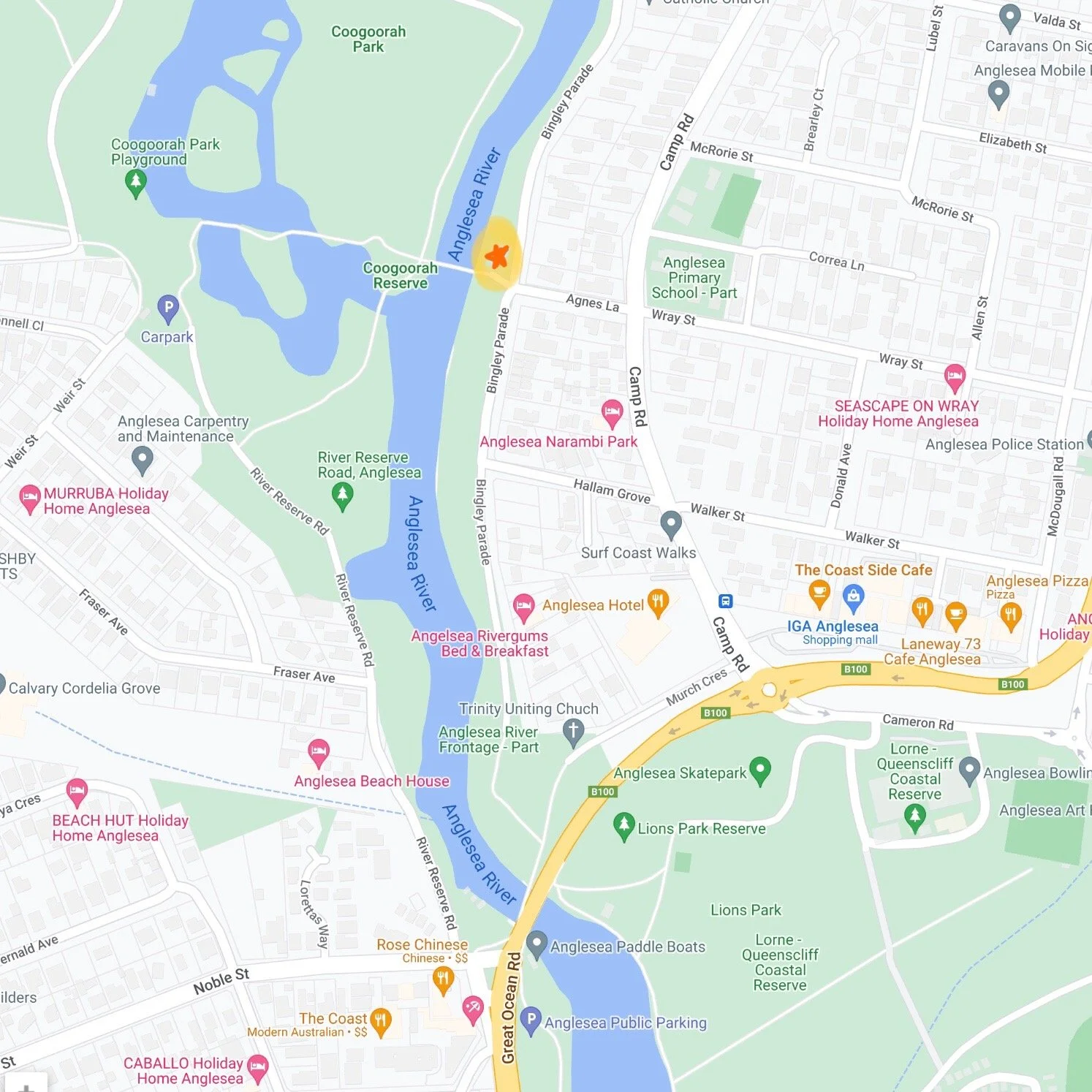In my daily walks around the back hills of Anglesea, I marvel at the landscape of the Anglesea Heath. I watch the flowers bloom, the birds soar and the insects flit as they pollinate. This lead me to muse about where the insects live, so I created a hive for them using sticks collected on my travels.
As I walk the paths of Coogoorah Park, I spy the tunnels through the undergrowth made by the resident Swamp Rats so they can move between their burrows.
When I thought about where to install Habitats, I came across a couple of bird nests. And I stopped to investigate how they were made, picturing the little Honeyeaters or Wattle Birds scurrying and collecting enough twigs to make their nest.
Noticing the way in which the hive, tunnel and nest structures were built led me to ponder about the fact that insects, birds and mammals often tend to create homes from vegetation that encircle. Why is it that humans don't do this too, I wonder?
PS. Did you know that the name Coogoorah means reedy or swampy place, and that the pedestrian bridges through the park are named after the original five families whose children formed the original enrolment group for Anglesea primary school when it opened in 1927*?
(*please refer to the original publications produced by the Surf Coast Shire which was distributed at the opening of the bridges in 1996 and again in 2013 when the new name plaques were attached. There is also a summary article in NewsAngle Issue 110)

